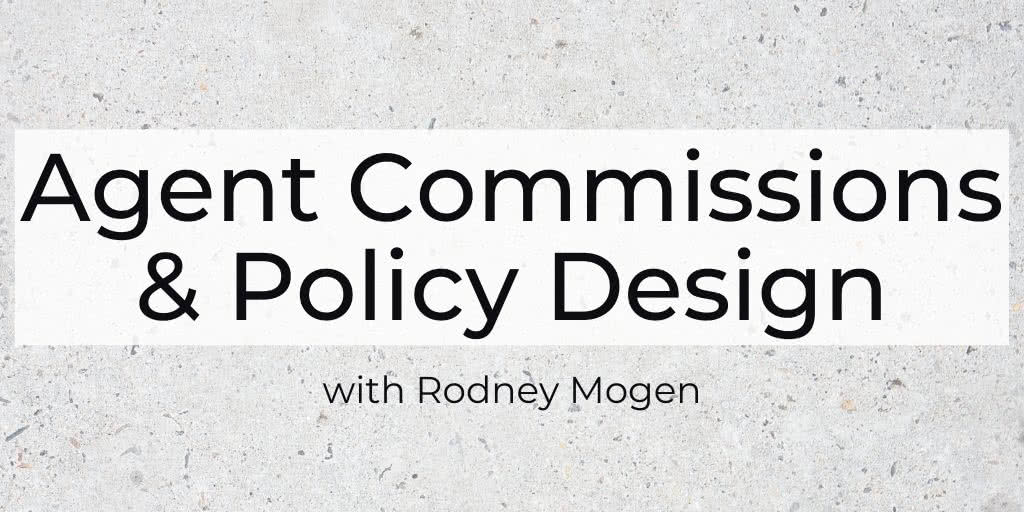If that holds true, before accepting a card with a yearly fee, make certain you've gone shopping around with multiple lenders, consisting of local banks with which you have developed accounts. If you aren't able to get a no-annual-fee card immediately, you'll likely receive one after successfully managing a card with an annual charge for a year or so.
Study card deals and contracts thoroughly if you plan to make a balance transfer.: Preventing late fees and other charges, sometimes called situational charges, refers great decision-making. Take note of your due dates, set reminders, arrange for automated payments from your monitoring account, or do whatever else it may require to avoid late payments, bounced checks and other missteps.
Financing charges are baked into the credit card businesswithout them, it would not be a business, and card providers would have no reward to offer credit. Paying occasional charges for usage of credit is just reasonable, but so is doing all you can to prevent them - how old of a car can i finance for 60 months. With a little strategizing and preparation, you can keep finance charges to a minimum.
A finance charge is any cost or charge straight associated with borrowing money. Basically, it's the expense of borrowing money. It may be charged at the start of a loan, at the end of each billing cycle, when a loan duration is extended, or at the end of each day (typically compound interest).
Some Of What To Do With A Finance Degree And No Experience
Unless you're borrowing from a friend or family member, taking advantage of an interest-free financing period, or you have actually discovered an interest-free balance transfer deal without a balance transfer cost, you'll usually require to pay some kind of charge when you obtain cash. These costs incentivize lenders to make loans.
Without finance charges, there would be no factor for a lender to provide loans outside of kindness and goodwill. how to finance a tiny house. Consider finance charges as the cost of the lender's services. One of the most typical financing charges is interest, a repeating charge that is typically computed as a portion of the primary quantity (the quantity of the loan).
However, there are other kinds of financing charges as well. For instance, when taking out a mortgage loan, debtors may need to pay loan origination fees (the fee to begin the loan). When securing a money advance, borrowers might need to pay a cash advance charge. Generally, both of these are computed as a portion of the loan quantity.
e. what is the difference between finance and accounting., a set $10 charge for obtaining money, no matter how much you borrow. The finance charge for a loan is frequently expressed as the interest rate (APR), which refers to the annual expense of interest (and often fees) for a loan. However, a loan's APR does not provide the complete photo of the finance charge, as it doesn't include substance interest costs.
Lease Or Finance A Car Which Is Better Can Be Fun For Everyone
The annual percentage yield (APY) is a bit more accurate as it takes intensifying interest into account. But once again, it just refers to the expenses for a single year and may not take fees into account.
The Disclosure is developed to give you information about the costs of your loan so that you might compare these costs with those of other loan programs or loan providers. The Expense of your credit as a yearly rate. The dollar amount the credit will cost you The quantity of credit offered to you or on your behalf.
A. The Interest Rate (A.P.R.) is the expense of your credit revealed as an annual rate. Because you might be paying loan discount "points" and other "pre-paid" financing charges at closing, the A.P.R. disclosed is often higher than the interest rate on your loan. This A.P.R. can be compared to the A.P.R.
A. The A.P.R. is computed from the Amount Financed and timeshare week calender based upon what your proposed payments will be on the real loan amount credited to you at settlement. In a $50,000 loan with $2,000 Prepaid Financing Charges, a thirty years term and a fixed interest rate of 12%, the payments would https://zenwriting.net/saaseyduu4/some-tiny-home-makers-have-internal-schemes-to-assist-out-their-clients be $514.

Not known Factual Statements About Where Can I Use Snap Finance
Since A.P.R. is based upon the Quantity Financed ($ 48,000), while the payment is based on the real loan quantity provided View website ($ 50,000), the A.P.R. (12. 553%) is greater than the interest. A. The Financing Charge is the expense of credit expressed in dollars. It is the total quantity of interest determined at the rate of interest over the life of the loan, plus Prepaid Financing Charges and the overall amount of any required home mortgage insurance coverage charges over the life of the loan.
The Amount Financed is the loan quantity looked for, minus the Prepaid Finance Charges. Prepaid Finance Charges consist of products paid at or prior to settlement, such as loan origination, commitment or discount fees (" point"), adjusted interest, and preliminary home loan insurance premium. The Amount Financed is lower than the quantity you got because it represents a NET figure.
A. No. If your loan is authorized in the quantity asked for, you will receive credit toward your home purchase or re-finance for the total for which you applied. In the example above, you would therefore receive a $50,000, not a $48,000 loan. A. This figure represents the total quantity your will have paid if you make the minimum necessary payments for the whole regard to the loan.
If you have actually been researching different offers for pre-owned cars and truck funding, you have actually most likely faced some business billing you a finance charge rather of charging a month-to-month rates of interest. Both finance charges and interest rates must be supplied to you in an APR, or interest rate. This can make the 2 seem the same, but they are really a bit different.

The Best Strategy To Use For How To Finance A Manufactured Home
According to accounting and financing terms, the financing charge is the overall costs that you pay to obtain the money in concern. This suggests that the finance charge includes the interest and other costs that you pay in addition to paying back the loan. However, some business and lending institutions may supply you with the financing charge and not a rate of interest.